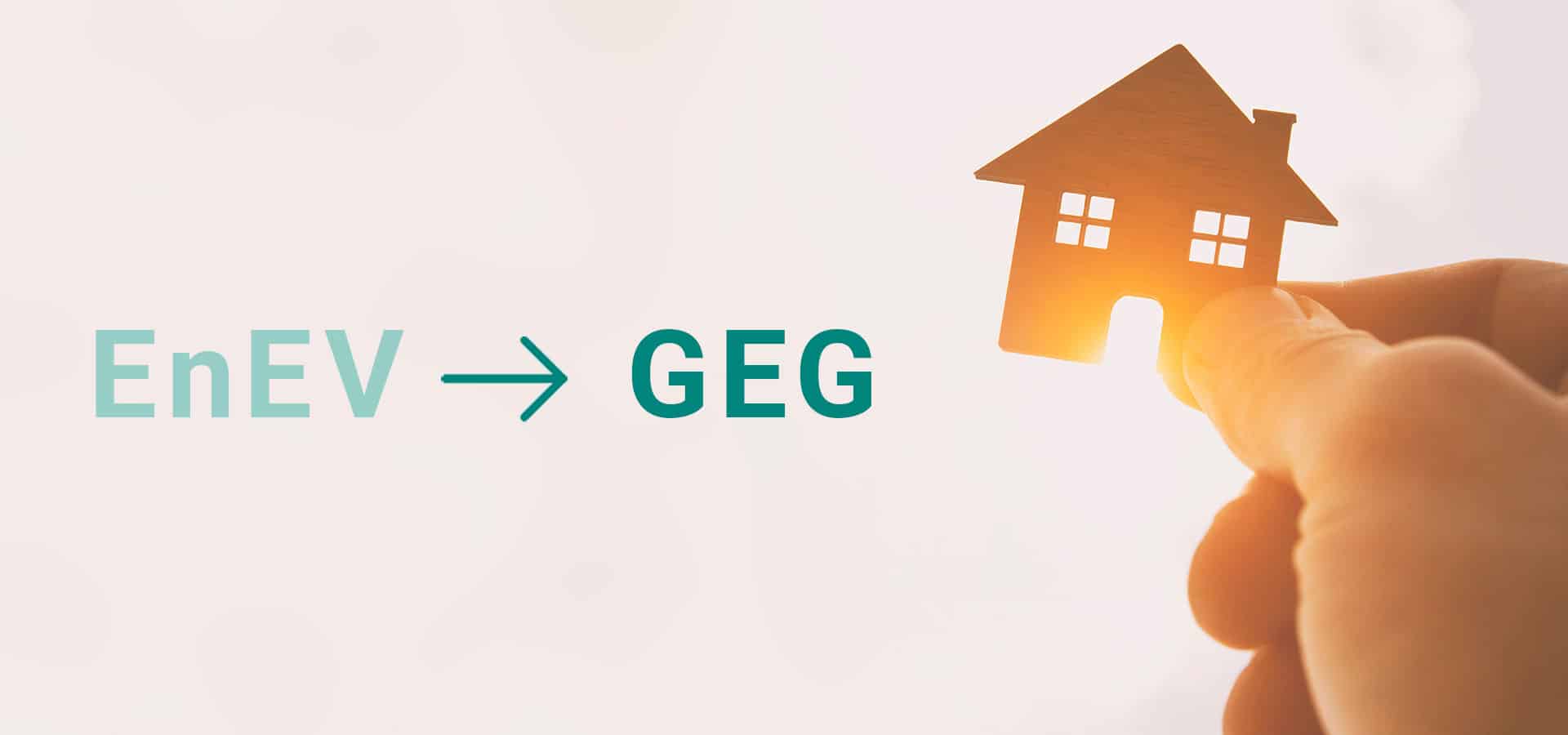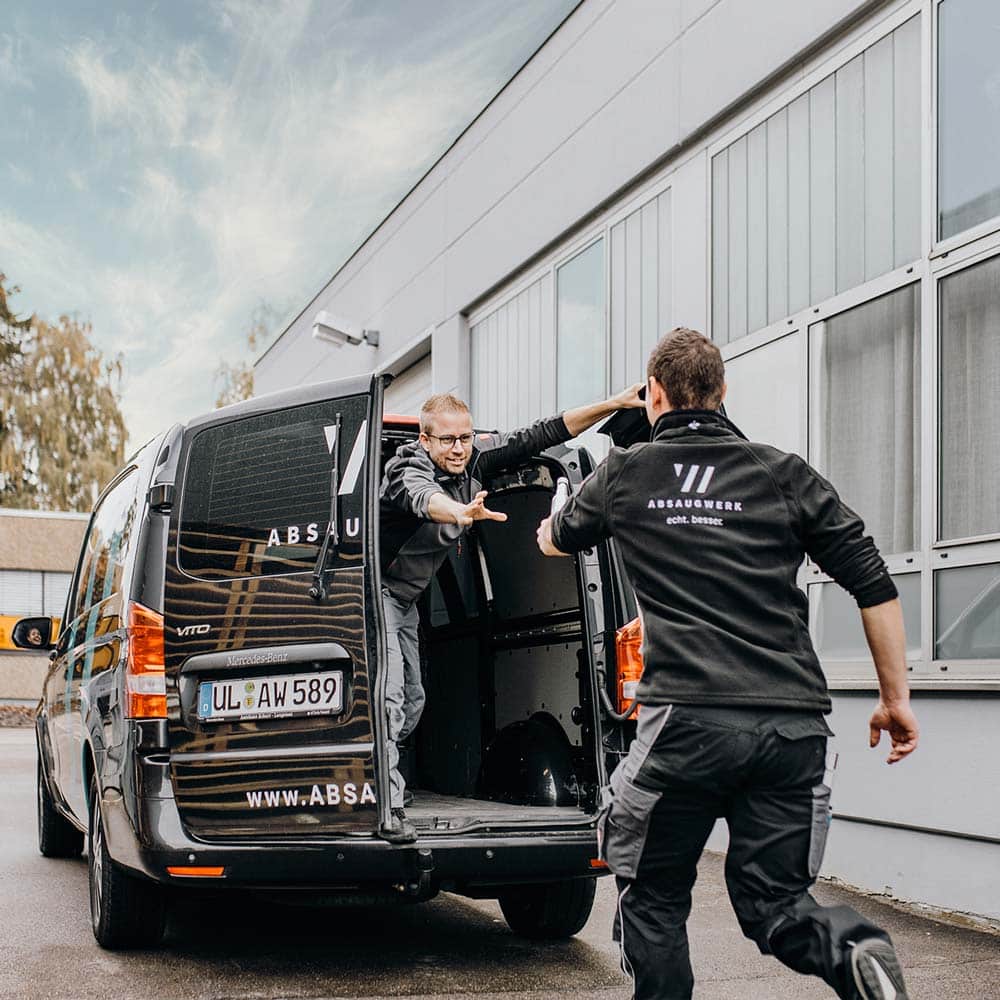
HALL EXHAUSTION IN THE INDUSTRY
Hall extraction for industrial and production halls
To remove stale air and emissions generated by production processes such as Welding or Grinding , hall extraction systems are needed to continuously exchange and filter the air. As the warm air containing pollutants rises due to its thermal properties, the entire hall volume must be regularly mixed with filtered air as draught-free as possible. In order to comply with the prescribed workplace limits for pollutants in the air, these must be efficiently filtered via an extraction system.
Hall heating and hall exhaust in one
To keep energy consumption as low as possible, up to 70 % of the valuable heat can be reused to heat fresh air in winter via heat recovery. An automatic hall extraction system also ensures an optimal balance between fresh air and heating warmth, creating an ideal working climate all year round.
Tasks of a hall exhaust system
A hall extraction system has the task of continuously supplying production halls and workshops with fresh supply air and extracting and filtering the polluted exhaust air.. The cleaned air is enriched with fresh air and can then be fed back into the hall (recirculation mode).
Hall ventilation systems also make sense as a supplement to point extraction systems such as via extraction arms or hoods, a holistic hall extraction system makes sense. This is because with large workpieces and high smoke/dust loads, the air in the entire hall must be filtered and exchanged regularly to protect the employees.
Other positive side effects are less deposits on floors, walls and machines, higher cleanliness of workpieces and a significantly improved room climate.. Viruses and bacteria can also be filtered out of the air via so-called HEPA H14 fine dust filters, ensuring fewer pathogens in winter and less pollen dust in the air we breathe in summer.
Techniques hall extraction
As a manufacturer of extraction systems and hall extraction, we supply holistic systems from a single source. This includes: Capture, piping system, exhaust system and other equipment. Integrate point detections such as extraction tables, extraction hoods or extraction arms. Optionally, we also offer cross heat exchangers, continuous mixing of fresh air and individual solutions for your application.
Push-Pull:
In push-pull mixed ventilation, the purified air is introduced through jet nozzles of the supply air pipe on the hall ceiling and drawn in on the opposite side through exhaust nozzles of the exhaust air pipe and filtered in an exhaust system. Mixing of the hall air occurs mainly in the upper third of the hall, where the warm air containing pollutants collects.
Push-Pull Plus:
In Push-Pull Plus systems, additional air source emitters on the floor support the intrinsic thermal properties of the welding fumes. The contaminated air rises more quickly and is captured at the hall ceiling, passed through an exhaust system via a pipe system and filtered.
Layered Ventilation:
In the principle of layered ventilation, the cleaned air is supplied via displacement outlets close to the floor. The fresh air mixes again with pollutants, heats up and rises upwards due to its thermal properties, where it is extracted via the exhaust air pipe on the hall ceiling and cleaned in an extraction system.
The principle of layered ventilation is also recommended by the IFA (Institute for Occupational Safety and Health of the German Social Accident Insurance). For more information, visit www.DGUV.de/ifa
Inverse Layer Ventilation:
The inverse layer ventilation works laterally reversed in contrast to the layer ventilation. The purified air is blown towards the floor via jet nozzles of the fresh air duct on the hall ceiling. There, the clean air mixes with the polluted air and is collected again near the floor via extraction columns or extraction hoods and filtered in an extraction system.
Get individual advice
We can help you find the best extraction solution for your production facility.
Feel free to contact us.
Building Energy Act GEG
The Building Energy Act (GEG) replaces the EnEV and specifies energy requirements for heated or air-conditioned buildings.
Contents of the Building Energy Act
- Energy requirements for heated and air-conditioned buildings
- Specifications for heating and air-conditioning technology as well as for the thermal insulation standard and heat protection of buildings
- Minimum energy requirements for new buildings (more lenient than in the Energy Saving Ordinance EnEV)
- Owners of existing buildings must comply with certain retrofitting and replacement obligations
- Proportions of renewable energies for heating and cooling in new buildings

The Building Energy Act (GEG) replaces the EnEV

